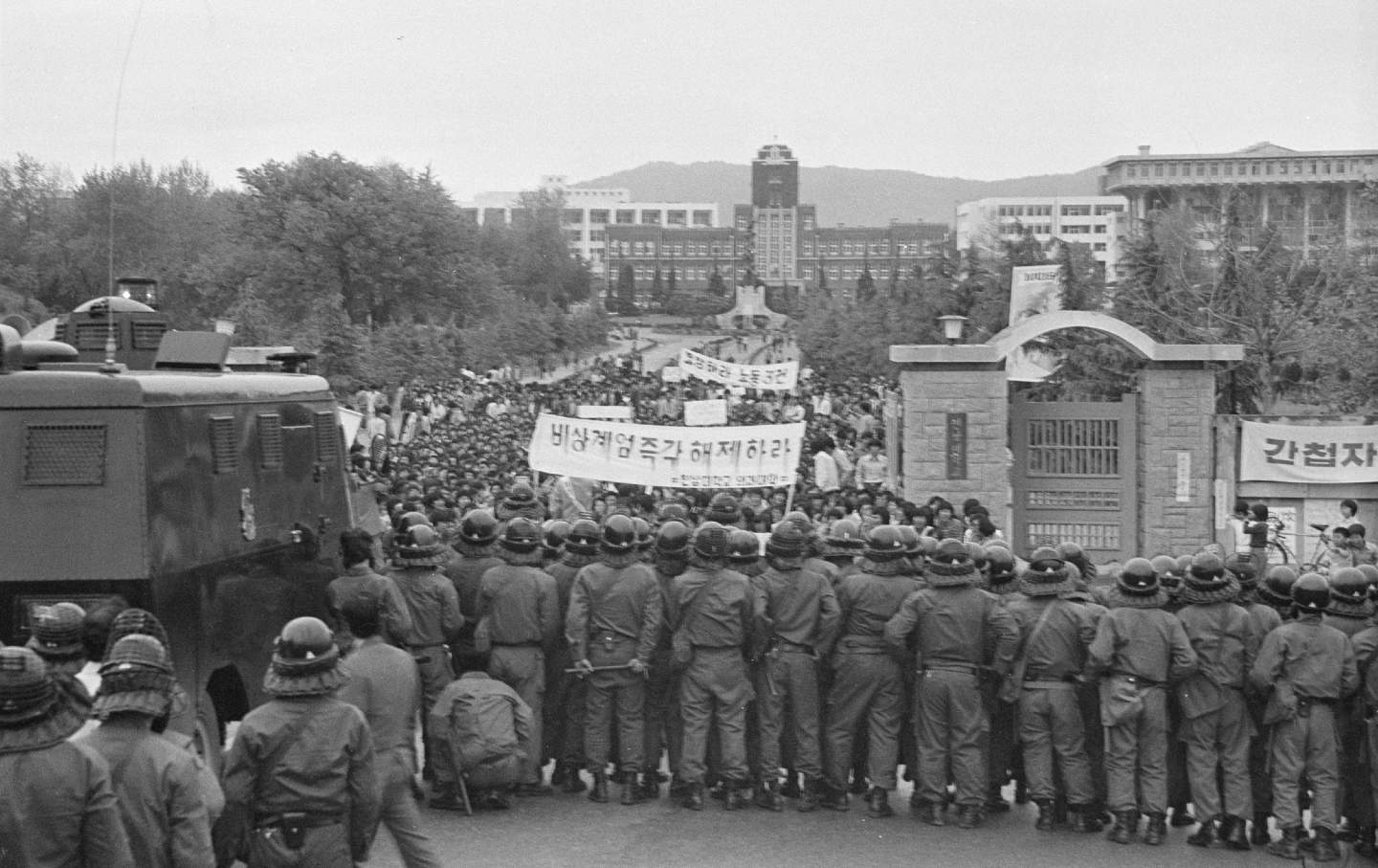







Film is South Korea has always been a form of counterculture and deeply political in nature.
While the western world saw the rise of film as an art form and commercial product throughout the early twentieth century. Japanese occupation, the korean war and authoritarian goverments meant that Korean filmmakers were subject to rigerous government censorship and forign film imports became incresingly rare.
The Korean film industry had a brief resurgence and growth under liberal polices introduced in the mid-50s and but strict censorship laws returned under the military dictatorship of Park Chung-Hee in 1962.

Few films were made during the 60s and 70s as polices introduced by the government made it nearly impossible for films outside of the Korean national studio and propaganda films to be produced but the 80’s saw a new generation of independent producers and directors, influenced by activism and rapid social change. Once censorship laws were lifted in 1984 these directors would start a new wave of Korean cinema with a focus on the working-class, political Youth and the struggles of the average Korean.
The pioneers of the Korean new wave used they’re platforms to create cinema that went totally against the propaganda of decades previous. Directors like Jang Sun-woo and Park Kwang-su made films exploring the conflicts between the left and right wing, sensitive social issues and income inequality. Kwang-su’s films “Black republic” (1990) and “To the Starry Island” (1993) are two of the most notable films of the time. Black republic tells the story of an activist rural, coal-mining Korea and “To the Starry Island” focuses on the political conflict’s created by the Vietnam and Korean wars and they’re influence on contemporary Korea. While Sun-Woo told the stories of the radical revolutionary youth in 1997’s “Bad Movie”

However, it was not only politically motivated content that revitalised Korean cinema. During the early 1990’s large businesses began to provide money to produce big-budget films that would appeal to a large audience. The first of these films produced by the Chaebol was Samsung’s 1992 romantic “Marriage story” which became one of the highest grossing films ever produced in the country. This would inspire a trend of expensive genre films released throughout the late 90’s and early 2000’s. These films were so successful that in the case of 2003’s “Silmido” were seen by 10 million people in theatres, one quarter of the entire population.
As the film industry grew with the releasee of major blockbusters many directors within the country wanted to change the landscape with a return to the political themes of the late 80’s and 90’s but with the budgets and distributers that could sell them to an international market.
The first film to reach this milestone of international critical acclaim wad Park Chan-wook’s “oldboy” which won the Grand Prix at the 2003 Cannes film festival and garnered praise from many in the western film community. These films are often characterised by their focus on social and political issues and they’re brutality.
The most famous and successful director to emerge from the movement is Bong Joon-ho who not only saw massive commercial and critical success with his films “The Host” (2006) and “Snow Piercer” (2013) but became the first Korean to win at Cannes as well as winning 4 academy awards for his 2019 film “Parasite”.